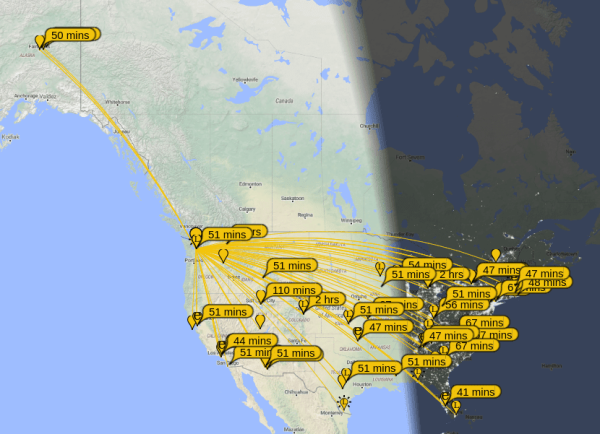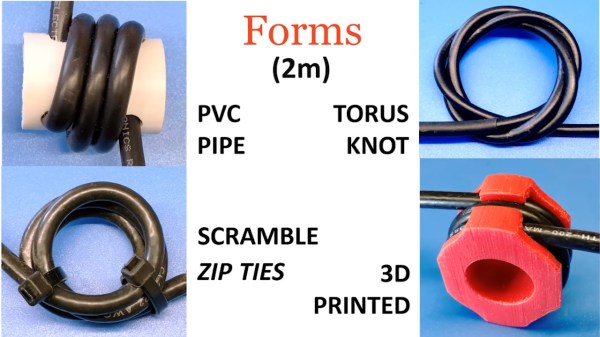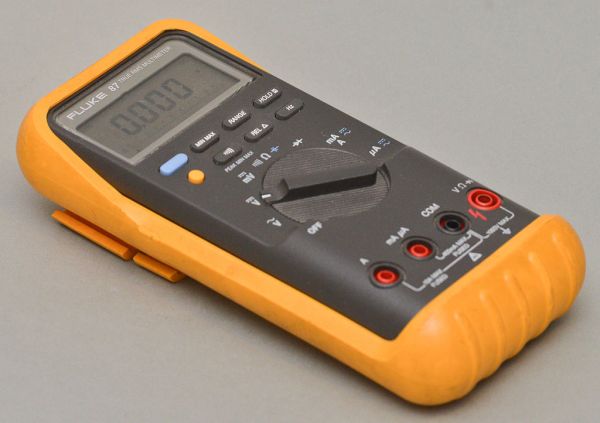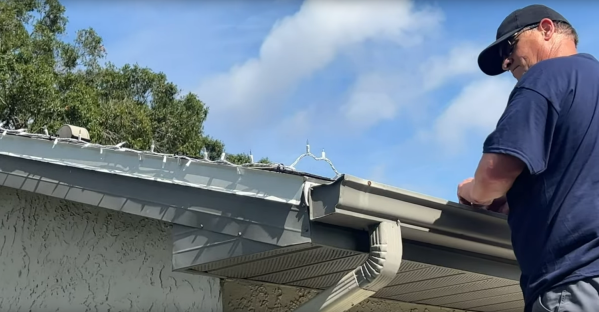[Iftah] has been exploring the sounds beyond what we can hear, recording ultrasound and pitching it down. He made a short video on the practice, and it’s like a whole new world of sounds exists just outside of our hearing.
For instance, a dropped toothpick sounds like you’ve just dropped a piece of lumber, a broken lightbulb sounds like a shattered window, and a blackbird sounds like a blue whale. Besides simply sounding super, [Iftah] speculates that there’s some regularity here: that as you slow down the sound it sounds like it came from sources that are physically bigger. He follows this up in a second video, but if you just think about the basic physics, it makes sense.
If you’re interested in recording your own ultrasound, there are a bunch of options on the market. With modern audio processors running up to 192 kHz or even 384 kHz out of the box, all that’s missing is the high-frequency-capable microphone. Those aren’t unobtainable anymore either with many MEMS mics performing well above their rated frequency response specs. Recording ultrasound sounds like a fun and not-too-expensive project to us!
Of course, most of the ultrasound recording we’ve seen has been about the bats. Check out the Pipistrelle or this pair of DIY bat detectors for some good background. But after watching [Iftah]’s video, we’re no longer convinced that the cute little insectivores are the coolest thing going on in the ultrasound.


















